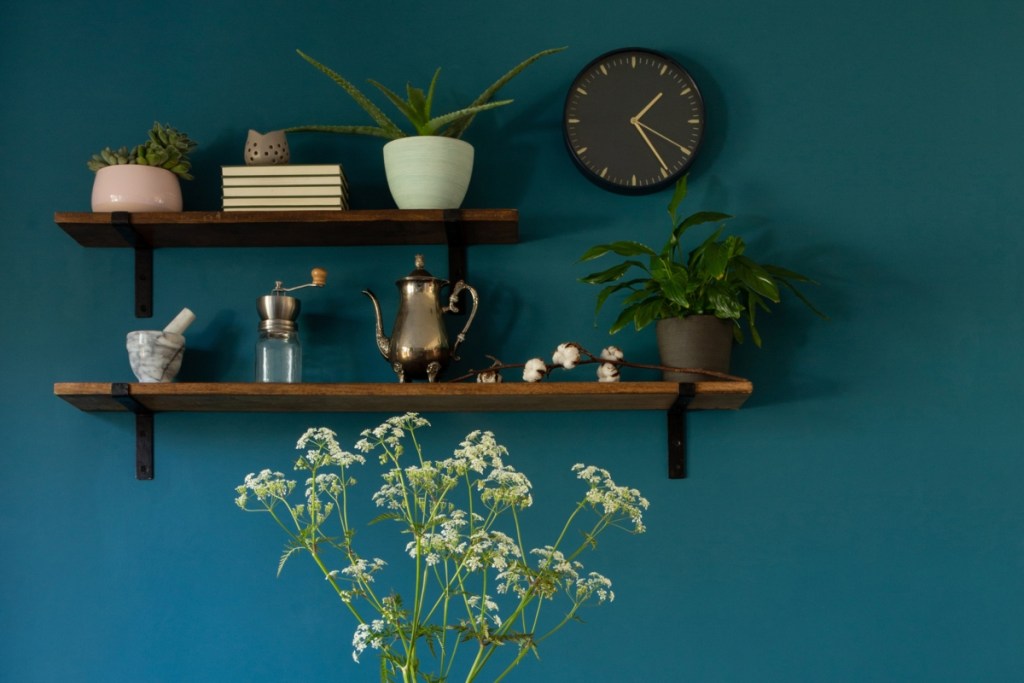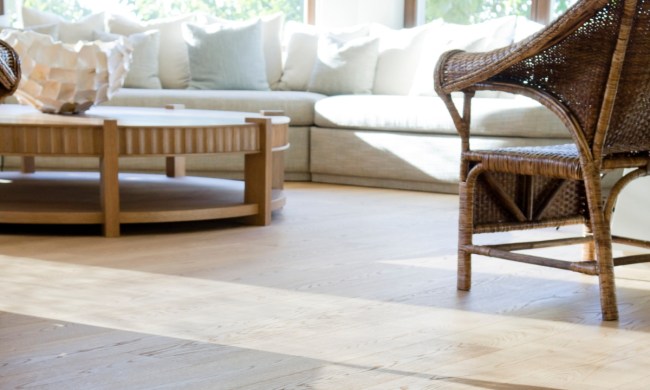Interior design today seems to be focused on creating a finished look fit for photographing. With social media, home magazines in every grocery store, and cheap decor pieces in most retail spaces, it’s easy to get caught up in hastening your design process so you can have a finished room as soon as possible. But what if we told you that the secret to a phenomenal room design takes the opposite approach?
Today, we’ll be discussing how to decorate a home with one of the best-kept secrets in interior design, offering you some essential tips for creating a space that feels authentic and far from rushed!

What is slow decorating?
It’s common for homeowners to make quick purchases for the most affordable solution to top off their interior design. But a new trend in home design has reshaped this outlook and has introduced something far more sustainable and manageable. Slow decorating has become a vital part of interior decorating, encouraging designers to opt for quality over quantity. Essentially, slow decorating is the process of taking time to make thoughtful choices during a remodel or room renovation. This practice encourages the use of curated pieces to create a space that feels authentic and inviting.
It’s eco-conscious
Like the slow fashion movement, slow decorating also aims for a more eco-conscious approach to home decor. Sustainability, quality, and ethicality are all top priorities when considering what materials or pieces should be added to a room design. Gone are the days of mass-market artwork, cheap furniture, and rapid decisions that leave a room feeling cheap and misdirected. Instead, the slow-decorating trend is all about intention and allows homeowners the opportunity to save money while creating a stunning design in the long run.

How to take part in this new trend
If you’re curious about slow decorating and want to implement this trend within your own home, here are some home decor ideas to help you get started.
Don’t aim to “finish” your room
First and foremost, try to abolish the idea that you need to “finish” your room. Slow decorating takes time. Depending on your budget and the materials available to you, a finished look could take years to curate. The good news is that this gives your design time to evolve. By resisting the urge to speed up the design process, you can focus on timeless pieces that offer value and personality to your space.
Don’t get caught up in trends
Another significant aspect of slow decorating is that it can’t hold space for too many trends. These days, it’s easy to get caught up in what’s trending and to change up your entire look every month or so. Since slow decorating takes time to complete, hopping on trends could leave your room feeling kitsch. Therefore, it’s best to avoid trends when taking part in slow decorating. Rather than trying every new thing that comes your way, consider how a trend might fit into your design. After all, if you are head over heels for something and believe it will serve your design long-term, then you could absolutely incorporate it into your scheme. Otherwise, it’s best to let trends come and go.
Start with big furniture and statement pieces
As you draw up a design plan, consider what large pieces you intend to bring to the space. Starting with big furniture or statement pieces gives you a chance to create a foundation for your overall design while also focusing on the scheme at large. Additionally, a statement piece like a chandelier, fireplace, or stylized bookshelf gives you a chance to create a focal point for the space before you dive into the rest of your decorating.
It’s also much more mindful and affordable to purchase larger items upfront so you don’t end up fretting over expenses later on in the design process. In addition, this allows you to find quality pieces that will be most prominent in your design, so you can prevent your scheme from looking cheap or out of place.
Focus on quality over quantity
Of course, as with the slow fashion movement, slow decorating places a focus on quality over quantity. Nix the mass-market decor for handcrafted pieces. Instead, try scouring your local craftsman and artisan shops for pieces that speak to you and your unique style. Quality pieces allow your space to feel more authentic and luxurious. Additionally, purchasing quality items helps you rest assured that your materials won’t degrade or break in a few years.
Invest in curated items
Along with the importance of quality decor, curation is a vital aspect of successful slow decorating. Curated items are pieces specially chosen by the designer for the space. Rather than purchasing items that can be found anywhere, the goal is to create something special and unique to the individual design. We recommend finding pieces that highlight your style and personality. Focus on filling your space with items you adore rather than filling your space for the sake of design.
Slow decorating could transform how we approach home design in the next decade. With its focus on intentionality, sustainability, and quality materials, homeowners and designers alike are sure to favor the new approach. So take time to curate a uniquely crafted home design that suits your needs, and instead of simply “finishing” a space, try investing in it!



